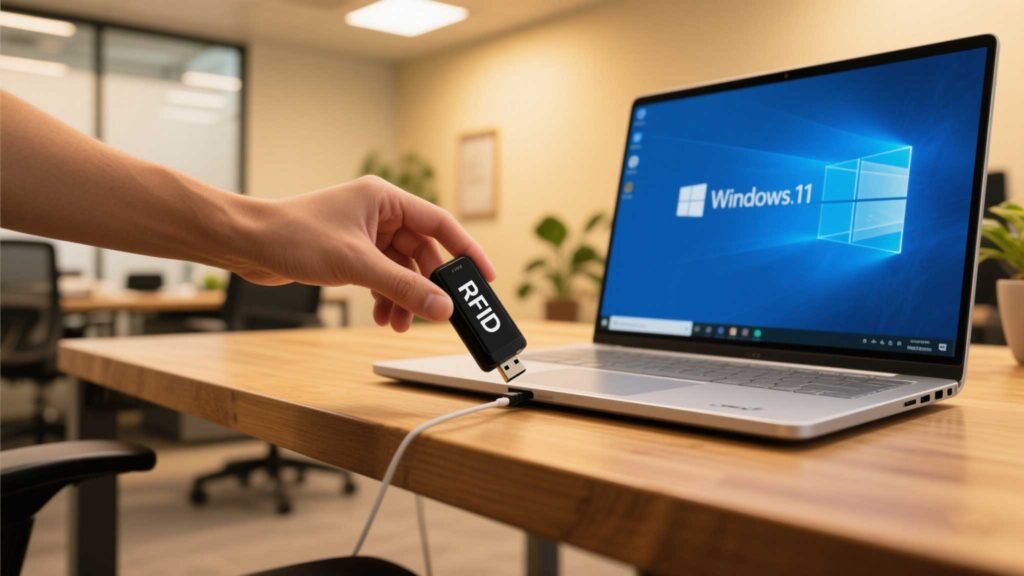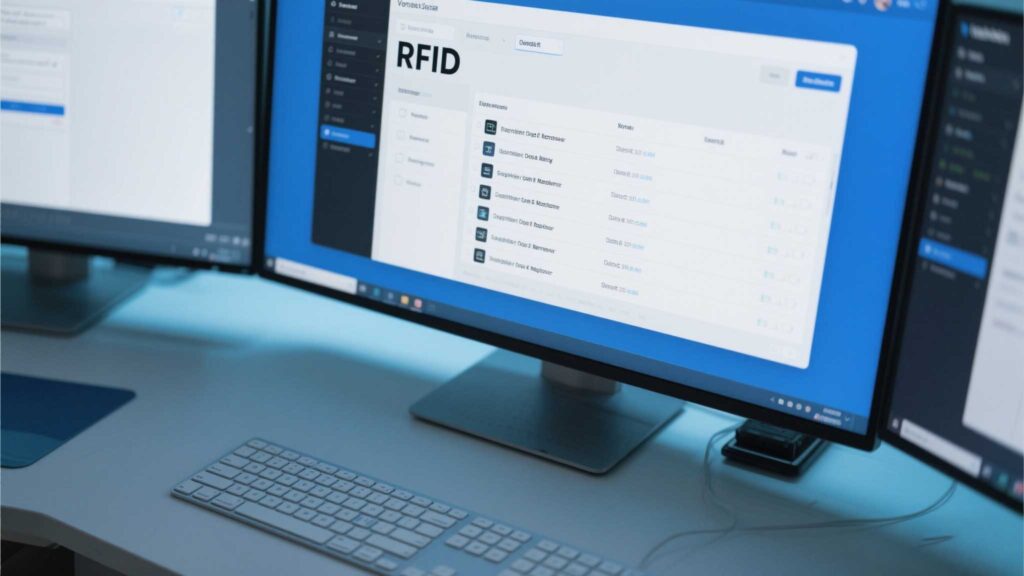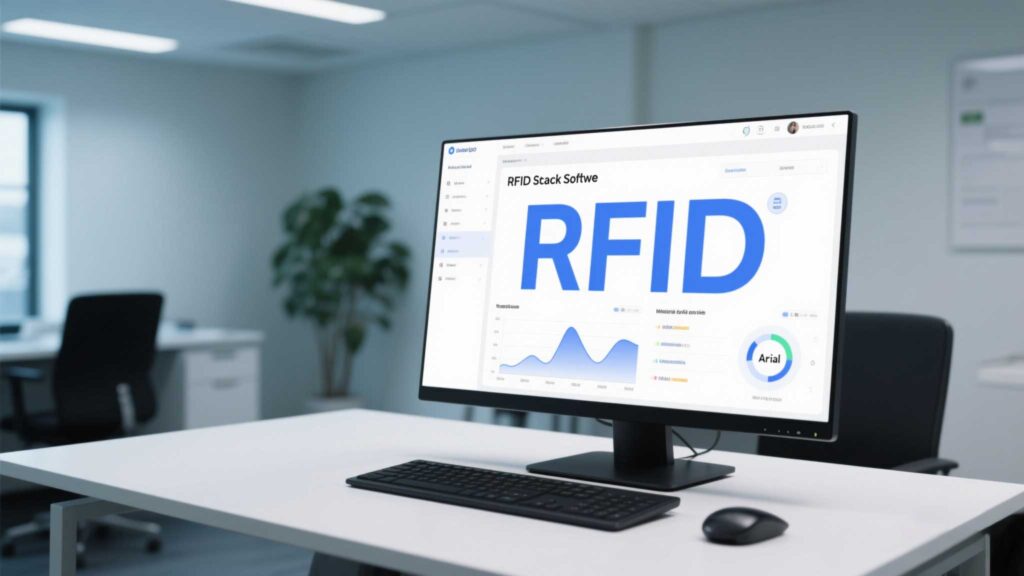RFID Labels Meaning: From Basics to Real-World Uses
88Understand the real meaning of RFID labels, how they are built, their types, and why they matter. See how RFID labels are used in retail, healthcare, logistics, and manufacturing.
MoreAll RFID Product
You bought a USB RFID reader, plugged it in, and… nothing happens. Windows throws a driver error, your inventory software doesn’t detect it, and you’re stuck Googling tech jargon at midnight. Been there. Let’s cut through the chaos with a dead-simple guide to setting up any USB RFID reader on Windows 10 or 11—no computer science degree required.

a. Automatic Setup (For Most Readers)
b. Manual Driver Install (If Auto-Fails)
Pro Tip: Disable Windows driver updates temporarily to prevent conflicts:

a. Use Notepad (Yes, Really)
b. Check Device Manager (Again)
a. Free Options for Small Biz
b. Configure Software
Cykeo Tip: Their free “ScanLite” software auto-detects most USB readers and skips complex setups.
a. Reader Not Detected
b. Tag Scans but Software Ignores Them
c. Inconsistent Reads

a. Assign Tag IDs to Products
b. Schedule Scans During Downtime
c. Backup Your Config
Takeaway: Setting up a USB RFID reader on Windows 10/11 isn’t rocket science—it’s about dodging driver drama and testing with free tools first. Spend 10 minutes upfront to save hours of inventory headaches later. And if your reader still acts up? Swap it. Life’s too short for janky gear.
Understand the real meaning of RFID labels, how they are built, their types, and why they matter. See how RFID labels are used in retail, healthcare, logistics, and manufacturing.
MoreDiscover if RFID tags can withstand extreme temperatures in cold chain logistics. Learn how Cykeo’s rugged solutions ensure reliable tracking from freezer farms to pharmaceuticals.
MoreUncover the truth behind common RFID myths—security risks, cost, and performance. Learn how Cykeo’s solutions overcome misconceptions for efficient inventory management.
MoreStruggling to pick the right RFID reader? Learn key factors like frequency, range, and integration to optimize your business operations. Expert insights from Cykeo.
More